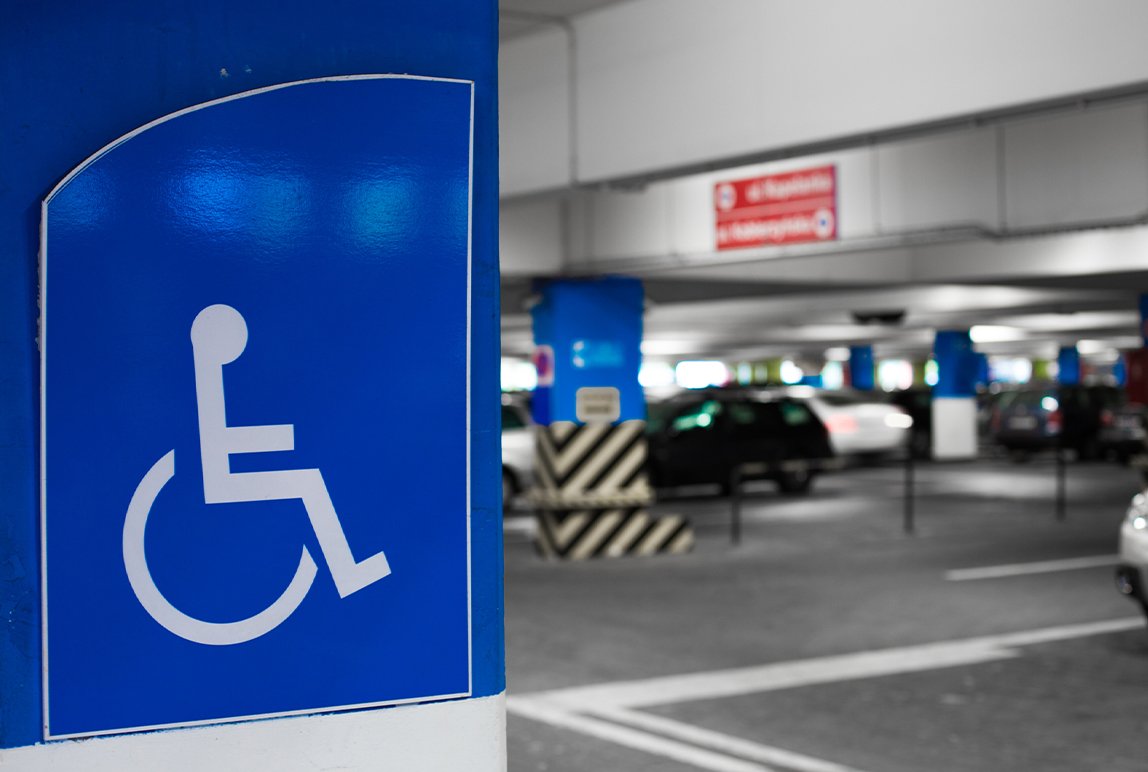6 Steps to Creating Effective Parking Signage
Posted: Nov, 12, 2024 9:17AM ET • 6 min read
Parking signage is crucial in guiding drivers, ensuring safety, and maintaining order in parking facilities. Creating effective parking signage involves multiple steps, from understanding the regulations to ensuring the design aligns with the facility’s branding.
Here’s a look at the six key stages involved in creating parking signage:
Understanding Regulations and Compliance
In Canada, parking signage must meet specific regulatory requirements set out by provincial authorities, municipalities, and the Canadian Transportation Agency. These rules ensure uniformity and compliance across public and private parking facilities. Each province may have its own guidelines, but key aspects apply nationwide.
Key considerations:
Accessibility Requirements: Parking signs must comply with the Accessible Canada Act or relevant provincial standards, ensuring accessible parking is clearly marked.
Bilingual Signage: In bilingual provinces such as Quebec, signage must be in both French and English.
Local Bylaws: Municipal bylaws dictate regulations for time-limited parking, permit zones, and fines, ensuring signs reflect accurate enforcement details.
2. Site Evaluation and Needs Assessment
Evaluating the parking facility is crucial in determining the number, type, and placement of signs. This includes analyzing traffic patterns, identifying areas with high pedestrian activity, and considering the facility’s specific requirements.
Key considerations:
Traffic Flow: Identify high-traffic areas, including entrances, exits, and intersections, to optimize sign placement.
Pedestrian Safety: Pinpoint locations where pedestrian crossing occurs to ensure warning and direction signs are visible.
Vehicle Types: Consider designating parking for electric vehicles (EVs), delivery trucks, or oversized vehicles, requiring specific signage.
3. Signage Design
The design of parking signage in Canada must be straightforward, easy to understand, and adhere to provincial or municipal guidelines. Beyond legal compliance, signage should align with the parking facility's branding while remaining visible and legible in different weather conditions.
Key considerations:
Essential Information: Ensure the signage displays key facility details like hours of operation, parking rates, payment options, and available parking levels.
High Visibility: Choose colours and fonts that offer maximum contrast, such as black-on-white or yellow-on-black, to maintain visibility in snow or low-light conditions.
Use of Symbols: universal symbols, like the wheelchair icon for accessible parking or the “P” symbol for parking, should be used to enhance comprehension.
4. Material Selection
Parking signage in Canada must be durable and weather-resistant due to the country’s diverse climate, which includes harsh winters and varying temperatures. Material selection plays a critical role in ensuring that signs remain functional and legible throughout the year.
Key considerations:
Durable Materials: Aluminum is a common choice for outdoor signs due to its resilience against rust, cold temperatures, and snow.
Reflective Coating: Reflective materials are essential to ensure visibility at night and in inclement weather, such as snowstorms or rain.
Weatherproofing: Signs should be resistant to extreme cold, snow, and moisture, particularly in regions prone to harsh winter conditions.
5. Production and Fabrication
The fabrication process involves the actual production of the signage, ensuring that it meets both aesthetic and regulatory standards. Signage should be durable enough to withstand environmental stressors while maintaining the clarity of its design and text.
Key considerations:
Printing Methods: Screen printing and digital printing are popular choices for large-scale production. UV-resistant inks help prevent fading due to sunlight exposure.
Customization: Facility-specific logos, colours, or icons may be incorporated into the design for branding consistency.
6. Installation
Proper installation ensures that parking signage is clearly visible and compliant with local bylaws. In Canada, weather conditions must be factored into the placement and height of signs.
Key considerations:
Mounting Heights: Signs should be installed at a height where they remain visible above snowbanks during winter
Snow and Ice Resistance: Secure installation is critical to ensure signs remain intact and upright, even during storms or heavy snowfall.
Compliance with Local Codes: Each province or municipality may have specific requirements for the placement of signs, such as minimum distances from intersections or pedestrian zones.
Effective parking signage in Canada requires a deep understanding of both local and national regulations, as well as practical considerations like visibility in various weather conditions. By following a structured process, the parking facility manager or owner can ensure their signage is clear, durable, and legally enforceable. Whether dealing with bilingual requirements or the unique challenges of weather, well-planned signage is key to creating an organized and efficient parking environment.
References
ParkLink, P. (2023, December 28). The power of custom signage in driving customers to your parking facility. Parking Industry. https://www.parkingindustry.ca/parking-101/the-power-of-custom-signage-in-driving-customers-to-your-parking-facility
Precise ParkLink | Parking Management Services. (2024b, February 23). 5 vital first steps when investing in signage for your parking facility - precise ParkLink: Parking management services. Precise ParkLink | Parking Management Services. https://www.preciseparklink.com/news/5-vital-first-steps-when-investing-in-signage-for-your-parking-facility
Share Article:
Featured Articles
ABOUT THE AUTHOR
Valérie Charlebois
Regional Sales Manager
As the regional sales manager for Québec and Eastern Canada, Valérie advocates on her clients’ behalf within the organization, ensuring all integration, production, installation, and configuration activities take place on schedule and on budget.
Since joining Cale Canada (now Precise ParkLink) in 2012, Valérie has become an expert in Cale systems, helping her to evaluate her clients’ needs and understand how they can be addressed. Her familiarity with these systems has also allowed her to craft custom warranty programs for several high-profile clients with Cale technology.
Valérie’s commitment to growth and excellence is obvious. Before she joined Cale Canada, she earned bachelor’s degrees in social sciences and education from the University of Ottawa, all the while working as an administrative assistant in the school’s Research Management Services department.
Questions?
Fill out the form below and we will do our best to connect you with a suitable contact.












